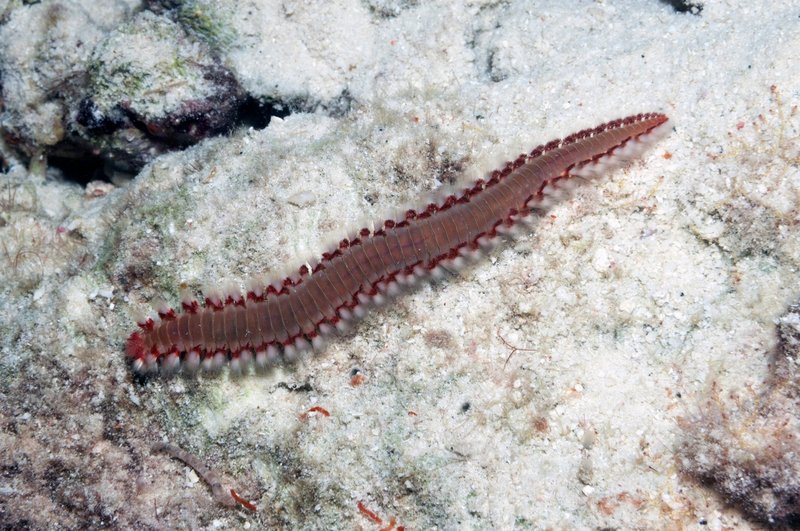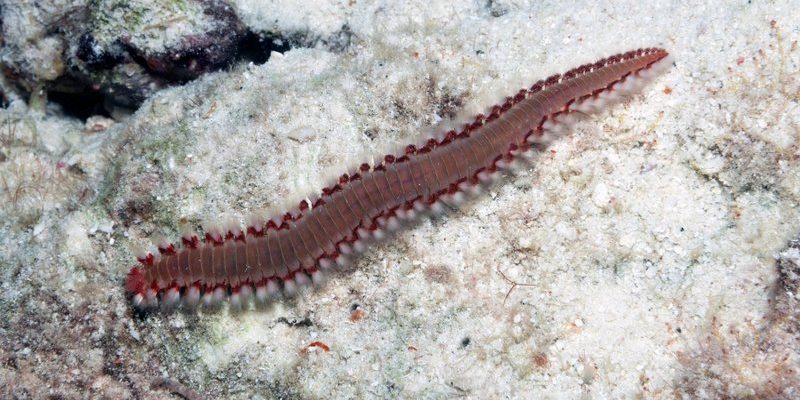
Bristle worms, often found in marine environments, play a vital role in the ecosystem. They help break down organic matter, making them essential for tank health. But when it comes to handling them, you’ll want to approach the task like a skilled chef preparing a delicate dish—carefully and with the right tools. So, let’s dive into the recommended gloves and gear for handling bristle worms safely and effectively.
Understanding Bristle Worms and Their Habitat
Before we get to the gear, it’s important to know what you’re dealing with. Bristle worms can be found in both freshwater and saltwater, but they’re most common in marine tanks. These segmented worms have tiny bristles called chaetae that can irritate your skin if touched. Imagine them as little prickly cactus plants—they’re not out to harm you, but they sure can sting if you don’t respect them.
Most bristle worms prefer to hide in the substrate or within rocks, making them a vital part of your aquarium’s cleanup crew. They consume detritus and decaying matter and help keep the tank clean. Still, when it comes time to remove them or relocate them, you need to be prepared. This is where your gloves and gear come into play.
Choosing the Right Gloves for Safety and Comfort
When it comes to handling bristle worms, the right gloves can be your best friend. You’ll want gloves that protect your skin and allow you to maintain dexterity for grasping those slippery worms. Honestly, you shouldn’t just grab any old work gloves and call it a day. Here are some key considerations for your glove choice:
- Material: Look for gloves made from nitrile or latex. These materials offer good protection against bites and irritations while ensuring you have flexibility.
- Length: Opt for long gloves that extend up your forearm. This extra coverage will help protect your skin even more, especially if you’re reaching into deeper parts of your aquarium.
- Grip: Ensure the gloves have a textured surface for a solid grip. You don’t want to lose your hold on a bristle worm mid-removal!
Some popular glove brands for this purpose include Showa Best and Atlas, both known for their durability and comfort.
Additional Protective Gear You Might Need
Aside from gloves, consider adding a few more protective items to your toolkit. Here’s the thing: being over-prepared is always better than being under-prepared, especially when dealing with nature’s more prickly creatures. Here are some other gear recommendations:
- Safety Goggles: Protect your eyes from any splashes or unexpected movements. You know how sometimes a worm can surprise you? Well, goggles prevent any unwelcome surprises from getting in your eyes.
- Long Sleeves: Wearing long sleeves adds another barrier. Even with gloves, it’s good to make sure your skin is shielded from any potential stings.
- Net or Scoop: Using a small net can help you gently catch and move the bristle worms without directly touching them, providing that extra layer of safety.
Let’s be honest—taking these extra precautions can make a world of difference. Safety should always come first when handling these fascinating, yet potentially irritating, creatures.
How to Handle Bristle Worms Safely
Once you’re geared up, it’s time to handle the bristle worms. But hold on! Before diving in, let’s go through some best practices to ensure a safe encounter:
1. Stay Calm: Bristle worms can sense disturbances in the water, so moving slowly and calmly is essential.
2. Use Tools: Rather than using your hands directly, use a net or a pair of tweezers to grasp the worm gently. This minimizes the risk of getting stung.
3. Know When to Let Go: If you see a particularly large or aggressive worm, it might be best to leave it alone. Some species can be more of a pest than others, and you don’t want a fight on your hands.
Remember, handling bristle worms doesn’t need to be a daunting task. With the right approach and gear, you can manage them safely and effectively.
Cleaning Your Gear After Use
After you’ve safely handled your bristle worms, cleaning your gear is crucial. Here’s what you should do to keep everything in good condition and free from any unwanted residues:
- Rinse Gloves and Tools: Give your gloves and any tools you’ve used a good rinse in freshwater to remove any debris or slime.
- Sanitize: Use a mild bleach solution or an aquarium-safe disinfectant for sanitizing. This step helps ensure you don’t introduce anything harmful to your aquarium.
- Air Dry: Allow everything to air dry thoroughly before storing it away. Keeping them dry helps prevent mold or deterioration.
Cleaning your gear might seem like a chore, but it’s essential for maintaining a healthy aquarium environment.
Alternatives to Handling Bristle Worms
If you’re not comfortable handling bristle worms at all, you might be considering some alternatives. Here are a few ways to manage them without direct contact:
- Natural Predators: Some fish, like wrasses or certain types of triggerfish, eat bristle worms. Introducing a natural predator to your tank can help control their population.
- Trap Them: Commercial traps specifically designed for bristle worms allow you to capture them without touching them directly. It’s a low-stress option for both you and the worms.
- Regular Maintenance: Keeping your tank clean and free of excess detritus can reduce bristle worm populations. Regular maintenance helps prevent an overwhelming number of them from taking over!
Using alternatives can simplify managing bristle worms without having to touch them directly.
Final Thoughts on Handling Bristle Worms
Handling bristle worms doesn’t have to be a scary or stressful experience. With the right gloves and gear, you can safely manage these remarkable creatures while protecting yourself. Remember to stay calm, use the right tools, and clean your gear afterward. If you ever feel unsure, alternatives like natural predators or traps are always available.
So, next time you spot a bristle worm in your tank, take a deep breath, gear up, and tackle the task with confidence. Your aquarium will thank you, and you’ll emerge as a bristle worm-handling pro!

